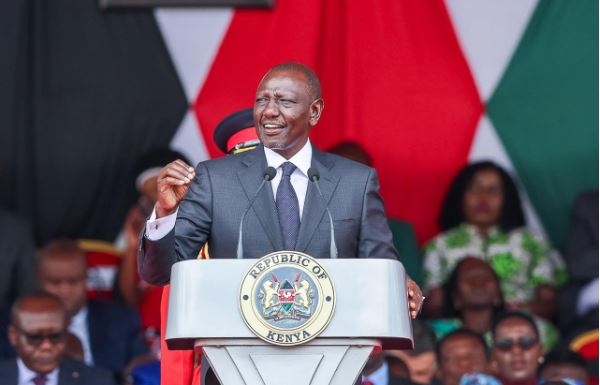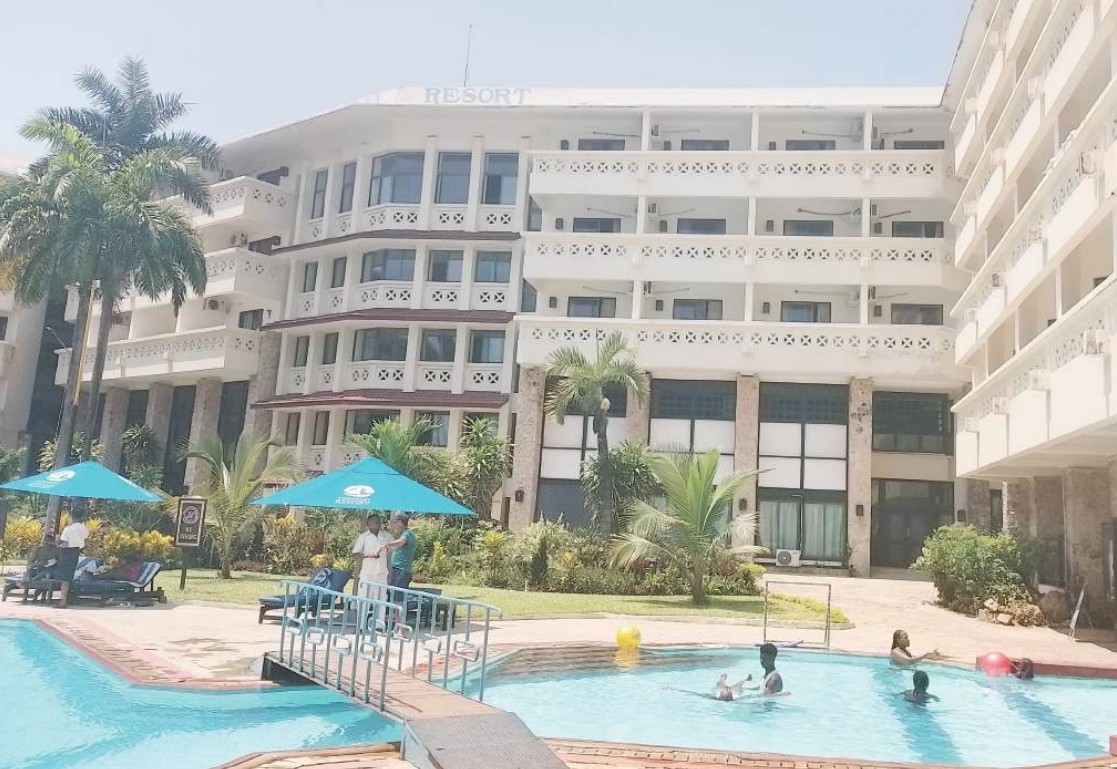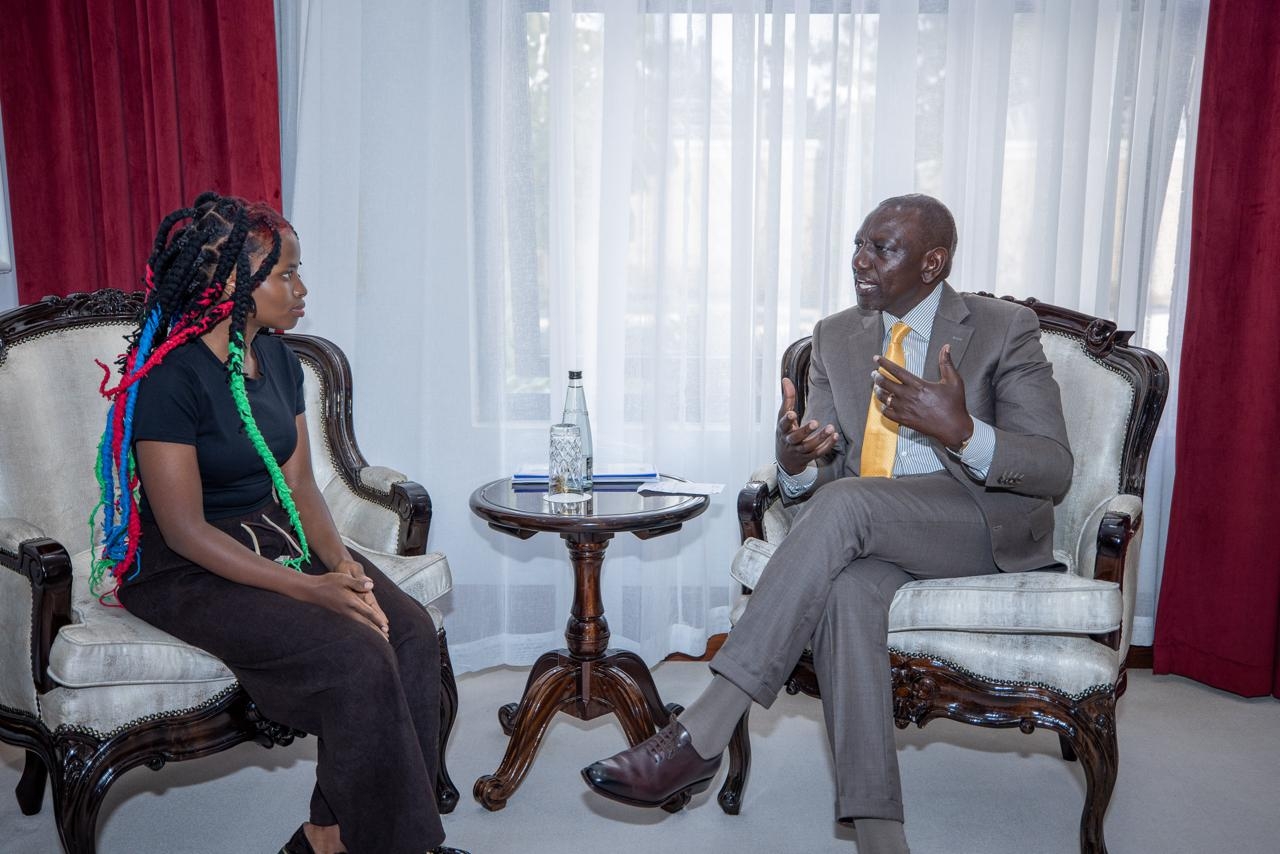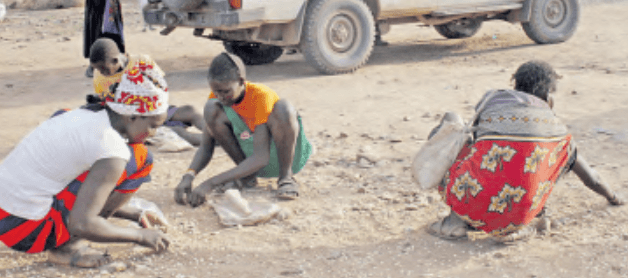
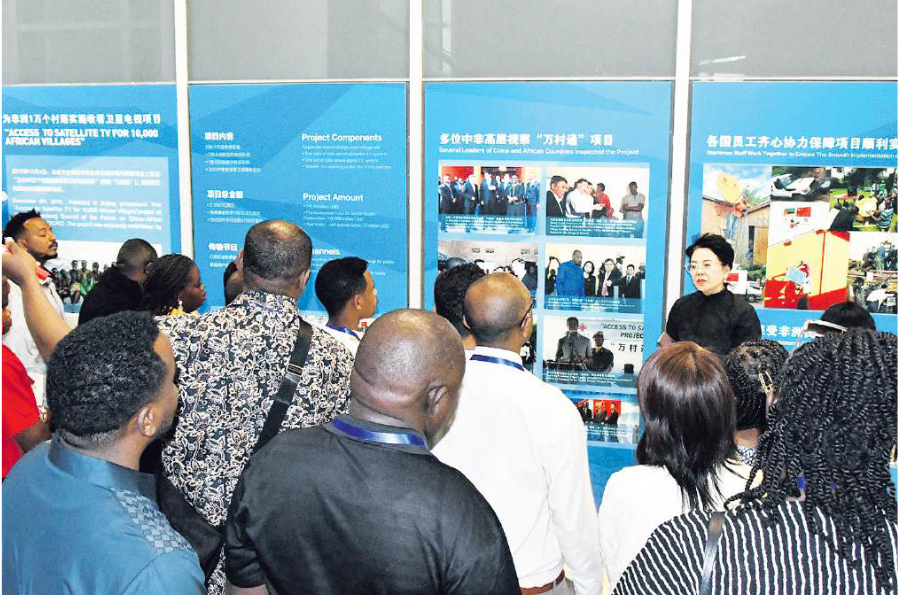
But not even such remarks, and watching online clips as well as reading up on China, quite prepares one for what awaits them on stepping into the country.
An article written by a Chinese woman that I had read a few years ago came forcefully to mind as we approached Beijing Capital International Airport on a Thursday afternoon in April.
My seatmate, a middle-aged Chinese man, started getting fidgety immediately after the breakfast dishes were cleared. I was on the widow seat and him on the aisle seat. At some point he reached over and pulled up the window shade. My eyes protested.
He did not seem to notice. He just leaned over, trying to look out the window. The Caucasian woman on the seat in front of me would have none of it, however, and after a few heartbeats, pulled down the cover. The Chinese man fell back on his seat in frustration.
After some time, during which he got up to stretch and tried to sleep, he leaned over again and pulled up the cover. This time a flight attendant came over and asked me to pull down the cover.
My first inclination, naturally, was to dismiss the man as rude. But then I remembered the article I had read. The writer talked about the strong connection between the Chinese people and their land, and that no matter where they are in the world, the motherland seems to beckon them back.
When the flight attendants finally came around to pull up the window shades, I understood the man’s eagerness. You see, Beijing is a city built on a plain and shielded by mountains. It is, therefore, a breathtaking view that welcomes one as you fly into China’s capital.
TREES AND ROSES
The view does not end with the mountains. During the one-hour drive from the airport to our hotel, located on the west part of the city, I could not help but notice that the roads are lined with trees. I had expected a concrete jungle, not so much greenery everywhere one looked.
And so many roses. The Chinese believe the rose flower enhances well-being, so the roads in Beijing are lined with roses. Which were blooming now that we arrived in the middle of spring.
I was part of a group of African journalists who had been invited to China. A staff member would later explain that the Chinese rose had been found to thrive in Beijing. Hence, the city had embraced it and made it its symbol, alongside chrysanthemum.
And what about the trees, when did they plant so many of them? This question came up during one of the discussions. The greening project was mooted over a decade ago, when the people had had enough of smog from factories and sandstorms from neighbouring deserts such as Gobi.
The factories were moved away from the vicinity of Beijing and the city embarked on a greening project. “Now we no longer have to worry come springtime or walk around with masks,” said Prof He Wenping.
FIX OR MOVE APPROACH
The Chinese believe in finding solutions, as the greening project illustrates. If it is not working, fix it, or move it, they believe.
A Chinese fable tells of a foolish old man who moved a mountain. In a nutshell, old man Yu Gong Yi Shan set out to move a mountain in front of his house. His perplexed neighbours asked him what he hoped to achieve with just a pickaxe and a wheelbarrow.
“My sons will take up from where I’d have left, and their sons after them, and one day, the mountain will be gone,” he replied.
Another fable tells of Hou Yi and the 10 suns. The story goes that the suns would not heed the people’s request to not appear in the sky at the same time, thus causing much suffering. Hou Yi took a bow and arrow and shot down nine of the suns, leaving just one.
In modern China, an example of the Chinese people’s ability to find solutions is how Beijing deals with transport. The capital city has 7 million vehicles and a population of 20-22 million. Commute is not a hassle, per se, although if you own a personal car, traffic jam is a reality you have to contend with.
One solution is the number plate lottery, introduced in 2011 as a way to control vehicles on the roads and air pollution.
Alternatively, you can take a public bus or the subway. The subway ticket costs 5RMB (Sh90). There are dedicated bus lanes in some sections, with signposts indicating the time the vehicles operate on them.
There are also many bicycles and scooters parked on pavements. One only has to scan the QR code on a bike or scooter to unlock it. The charges are less than 6RMB (Sh108) per kilometre.
Finally, you could just walk. The city has built spacious pavements; the trees offer shade and the roses something beautiful to look at. And if these green spaces seem mundane, just scroll on your phone, no one will grab it; Beijing is one of the safest cities in the world, said one of our hosts.
CHINESE MODERNISATION
Chinese people have had to overcome great odds on their path to becoming the world’s second-largest economy, just behind the United States. And they use their history to remind themselves to focus on the big picture: hard work.
From invasion and occupation by Western powers and Japan in the 19th and 20th centuries to the civil war in the 1920s to 1949, and the Great Leap Forward and the Cultural Revolution in the 1950s to the mid-Seventies; the story of China is one of struggle, rising from ill-thought-out decisions and carrying on.
The Chinese have learnt that the best way to cross a stream is by feeling the stones. This is best exemplified in the five-year plans of the Central Committee of the Communist Party of China; the gradual shift from agricultural reform to industrial reform; the trial-and-error method used on the path to industrialisation (such as setting up experimental special economic zones in coastal regions away from prized cities); and observing economic giants, taking the lessons learnt and adapting them to their national conditions.
Consequently, according to its own statistics, China has lifted more than 800 million people out of absolute poverty since 1978. Its GDP has grown from $156 to $12,359 in 2021. Its lifespan has is up from 35 years before 1949 to 79. Infant mortality is five per 1,000 live births, while the maternal mortality ratio is 16 per 100,000 live births.
With these achievements, and many more besides, the country can proudly speak of Chinese-style modernisation and insist on countries charting their own paths according to their national conditions. This as it pursues cultural exchanges and greater economic ties with other developing nations.
A visit to China is not complete without some shopping, or lots of shopping. This is the world’s factory, after all. Plus, you can haggle to your heart’s content, if that is your thing, whether shopping in a mall or buying souvenirs at the Great Wall or a historic market.
A luxury goods shop offered my three colleagues and I a discount on a designer pair of shoes when we turned to walk away after inquiring on the price. But this was at the height of the US-China tariffs tug of war, so who knows if that is always the case?
BEIJING DECLARATION
On our second day in China, two colleagues and I went out for an evening stroll around our hotel. The only thing we were missing was a small dog (the Chinese seem to favour these over big ones), and we would have fit in quite well.
From a distance, we saw a group of elderly people outside an institution that on getting nearer, we realised was a school.
As we explored Beijing more on subsequent days, we would spot the elderly pushing strollers or walking with young children in early mornings. In the evening, we would see the elderly holding a child with one hand and carrying a bag of groceries with the other hand.
Here, the elderly help to look after their grandchildren to give young people ample time to work and build careers. Also, life, especially in the capital, is not cheap.
Walk into any organisation in China and you are likely to see as many women as men. China has made great strides in women empowerment and inclusion in the economic building. According to the country’s statistics, women made up 61.6 per cent of workers as of 202. They also make up 25 per cent of the country’s entrepreneurs.
Quite impressive statistics for a country in which the Beijing Declaration and Platform for Action, famously known as the Beijing Declaration, was made 30 years ago.
The statistics have been achieved by deliberate efforts. These include education policies to rope in all children, including nine-year compulsory education, and tax breaks for companies that hire certain quotas of people living with disability.




